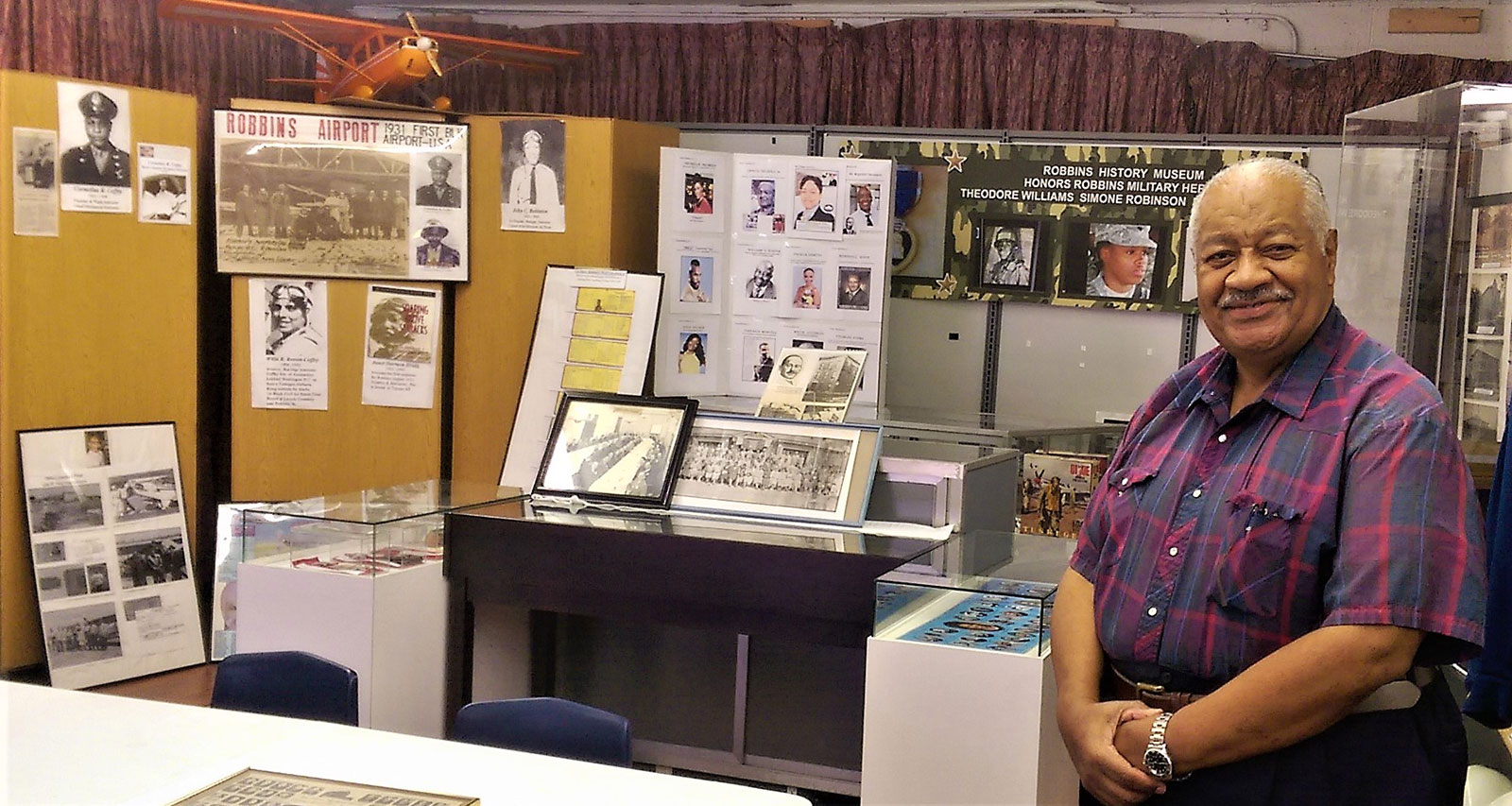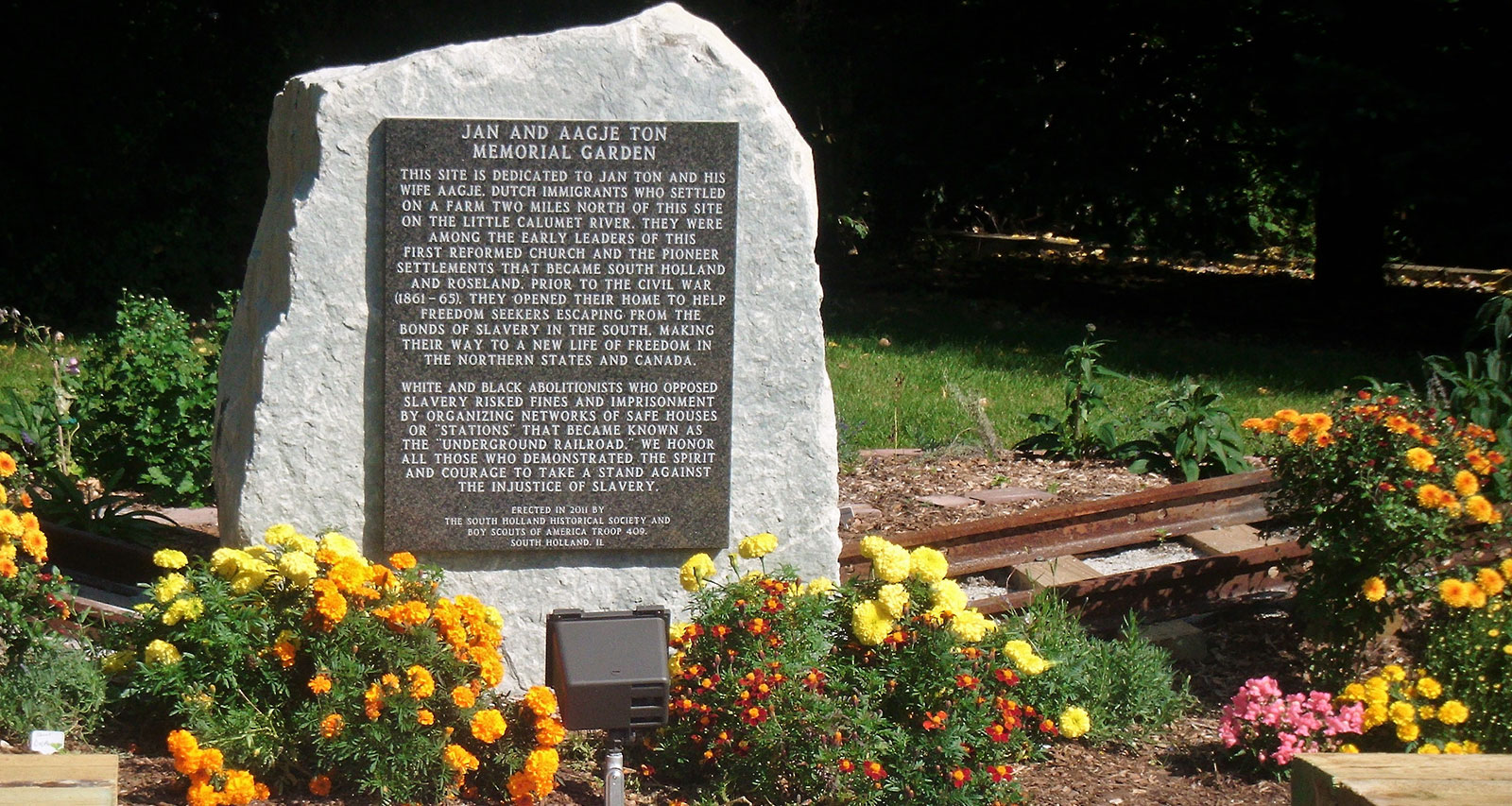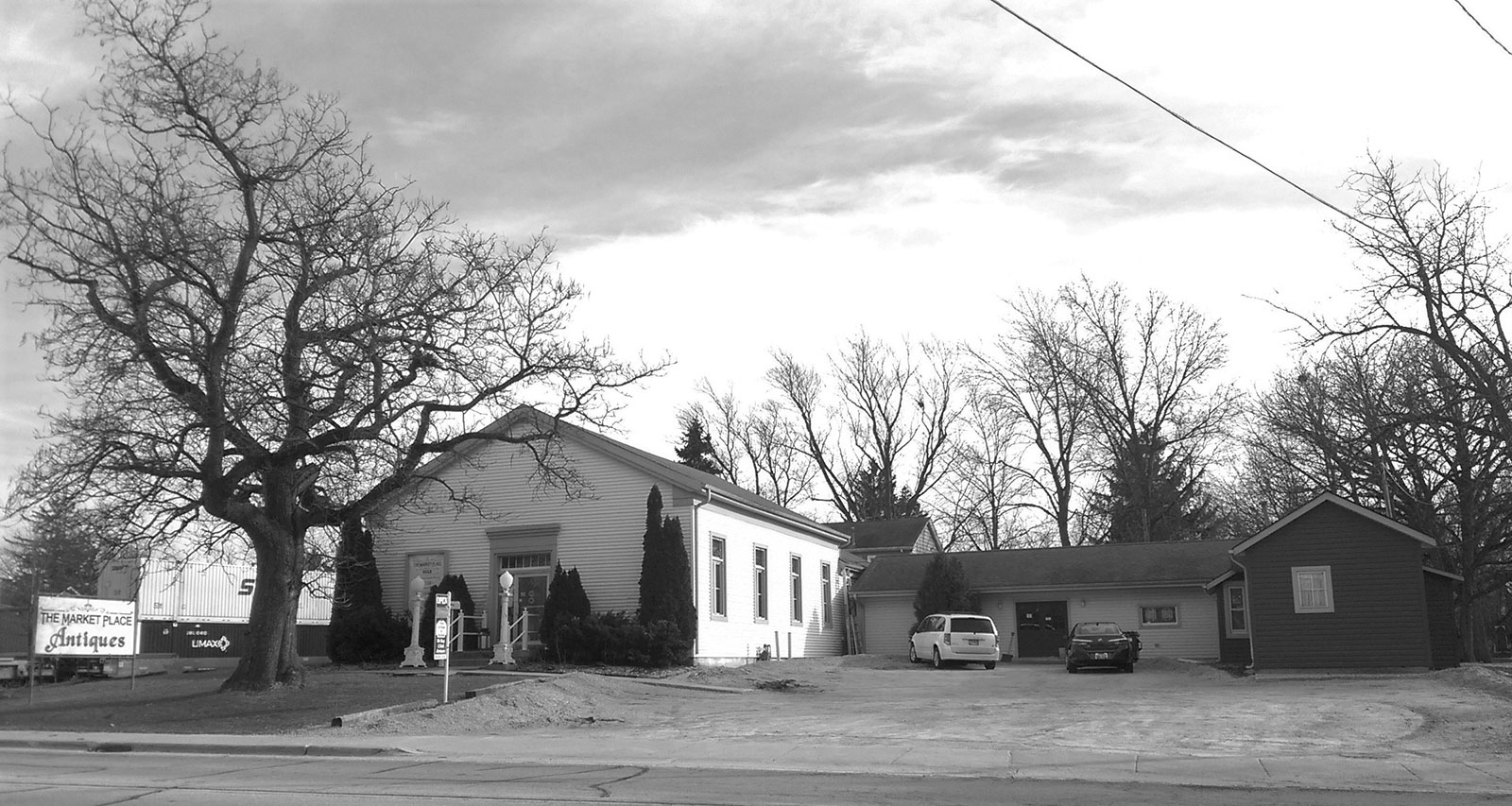Rich in Black History
Travel Inspiration
The movement and settlement of African Americans across the Chicago Southland has led to a rich history over the past 180 years.
There is a strong resurgence of interest in the history of the Underground Railroad across the region. This is about the movement of fugitive slaves escaping from southern states and travelling through Illinois and other states on their way to freedom in Canada. In the decades before the Civil War, individuals and families found temporary safety and support in many communities in the Southland. From the 1830s forward, settlers in eastern Will County and southern Cook County provided assistance with safe houses along the old Sauk Trail corridor in and near the communities of Homer Glen, Park Forest and South Chicago Heights. Recently, the old Congregational Church in Crete (now an antique mall) and the adjoining cemetery were added by the National Park Service to their national register of Underground Railroad sites. There was significant Underground Railroad activity near Riverdale and Dolton with a memorial garden in South Holland dedicated to Dutch immigrants who assisted those escaping slavery. In the 1850s, railroad lines developed, and hundreds of fugitives, now most often referred to as freedom seekers, traveled on these routes through the Southland on their way to Chicago looking for assistance to get to Canada. Some traveled hidden and others as ticket-holders on the Rock Island, the Illinois Central, the Michigan Southern and others. Two-to three-thousand freedom seekers came through the Chicago Southland.
As the communities in the Southland developed, there were a few black families scattered across the region by the end of the 19th century. In addition, the planned industrial satellite cities of Harvey and Chicago Heights were created in the 1890s and both had small black communities.
Harvey was the location for one of the first orphanages for black children in Illinois, established in 1899 by Amanda Berry Smith, a world-famous evangelist and concert singer. She had traveled all over the world doing mission work, gave concerts across Europe and the United States, and was a national evangelist for the Women's Christian Temperance Movement. Almost forgotten today, she was one of the most famous black women of the 19th century. She is buried in Washington Memorial Gardens in Homewood. Also in Harvey is Shaffer Chapel, a congregation of the African Methodist Episcopal Church. This is the oldest black congregation in the south suburbs, having been established in 1896.
The Village of Robbins, bounded on its southwest side by I-294, has had a remarkable history. It was started in 1917 as the “first community in the North to be governed by people of color.” This was the location of the Robbins Airport with the involvement of some of the key early African American flyers in America. Their work led directly to the creation of the training for the Tuskegee Airmen, who are now rightly being honored for their valor in World War II. In addition, in the 1920s, Robbins was a center for the Marcus Garvey movement, and in the middle of the community is the prairie style mansion of S.B. Fuller, one of the first African American millionaires and a mentor to many successful black business leaders. Nichelle Nichols, famous as Lt. Uhura of the classic Star Trek series, grew up in Robbins where her father served as mayor. Today, the Robbins Historical Society maintains a small museum with exhibits on these and other stories.
Alsip is the home of Burr Oak Cemetery, established in the 1920s and serving as the final resting place for many historic African American figures. These include the great singer Dinah Washington and Robert S. Abbott, the founder and publisher of The Chicago Defender. Established in 1905, The Defender has been one of the most influential black newspapers in the history of the country. This historic black cemetery also has the grave of Emmett Till, whose murder in 1955 at age 14 helped to spark the civil rights movement.
On the eastern edge of Alsip, Lincoln Cemetery was organized by black funeral directors in 1911. It contains the graves of many African American families famous in the history of Chicago. These include the grave of Bessie Coleman, the most famous of early female black aviators. Ms. Coleman learned to fly in France in 1915 and a major road at O’Hare Airport is named in her honor.
Started in 1908, the oldest African American cemetery in the region is Mt. Glenwood Memory Gardens at the south end of Thornton on Glenwood-Thornton Road. Among the graves of many local and Chicago leaders of African American communities, you will find here those of Elijah Muhammad, founder of the Nation of Islam; Fred “Duke” Slater, the first African American elected to the National Football Hall of Fame; and Dr. Charles Gavin, who practiced medicine for many years in the Chicago Heights area and was the first African American member of the National College of Orthopedic Surgeons.
Also at Mt. Glenwood is the grave and a small but striking memorial to the memory of Major Taylor, an African American bicycle champion in America and Europe from 1896 through 1901. He wrote his autobiography in 1929, “The Fastest Bicycle Rider in the World: The Story of a Colored Boy’s Indomitable Courage and Success against Great Odds.” Today, a major bicycle trail named in his honor reaches from the Southland into Chicago.
Among the many rail lines in the Southland, roughly parallel to I-57 is the mainline of the historic Illinois Central Railroad. In 1998, this became part of the Canadian National Railway system and in this corridor is the Metra Electric Commuter Line.
After the First World War, about seven million African Americans left the South to find greater economic possibilities in northern cities. Known as the Great Migration, this included journeys to Chicago of around 500,000 people, with most traveling on the IC line. This remarkable black movement had a big impact on the growth of the black communities in Chicago and eventually many of their children and grandchildren settled in communities across the Southland.
Sitting on the east edge of Harvey, Phoenix has been predominantly black since the early 1960s, with black residents in the town since the early part of the 20th century. The small black village of Ford Heights is east of Chicago Heights on the old Lincoln Highway and has been incorporated since 1949.
Over the past 50 years, African American families have settled in all the communities of the Chicago Southland. Some in the historic black towns of Robbins, Ford Heights and Phoenix; some in and near the historic black neighborhoods in Harvey and Chicago Heights; and most settling across the region. Today, all the communities in the Chicago metropolitan area have black residents. For decades villages in the Southland have provided national leadership as effective integrated communities. As early as 1962, a volunteer organization known as the South Suburban Human Relations Council was established with white and minority members from 51 communities. Today, a variety of local and regional organizations across the Southland find strength in the rich diversity of their membership. At all levels of government, representation for the Southland includes a strong array of African American elected officials.














THINGS TO DO
EVENTS
DINING
ACCOMMODATIONS
PLAN YOUR TRIP
BLOG
MEETINGS
SPORTS
GROUP TOURS
SOCIAL EVENTS
MEDIA
MEMBERSHIP
ABOUT US
FACEBOOK
YOUTUBE
TWITTER
INSTAGRAM
LINKEDIN
TRIP ADVISOR
CONTACT US SITE MAP PRIVACY POLICY & DISCLAIMER
© Copyright 2001-2024 Visit Chicago Southland. All Rights Reserved. Developed by J Rudny, LLC
19900 Governors Drive, Suite 200| Olympia Fields, IL 60461-1057
(708) 895-8200 | Toll Free (888) 895-8233 | FAX (708) 895-8288